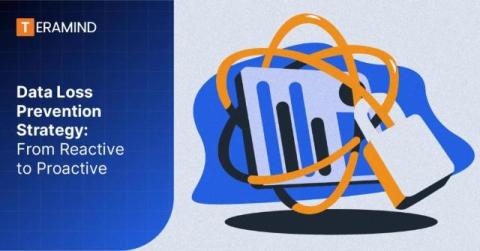As a student, online life is an integral part of daily activities. Where one can take online classes, meet and chat with friends, and organise school events on different social media platforms, the internet opens an inexhaustible door of opportunities. However, it can be a double-edged sword too. Since most people nowadays must have an online presence, be it a student, a business owner, or a leader of a country, the need for cybersecurity cannot be overemphasised. To keep your private information, academic work, and even finances secure online, the following are tips to help you. Additionally, services like Domypaper.com can be invaluable. Domypaper.com - best paper writing service that assists students in improving their writing by offering professional help and guidance on various academic papers.











